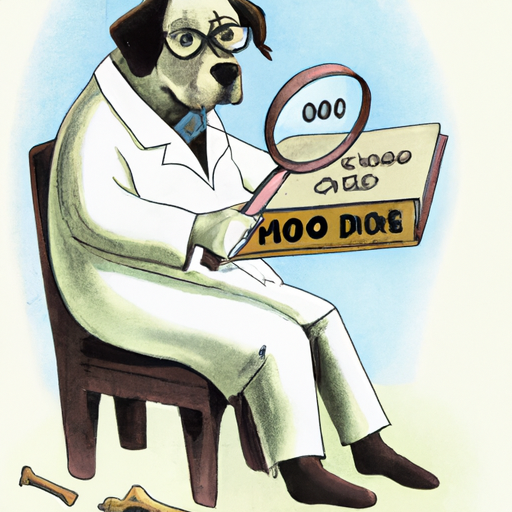Introduction
When you’re a diligent caregiver for your beloved four-legged friend, you might come across various health issues that could potentially affect your pet. One of those conditions is hypertrophic osteodystrophy (HOD). Don’t fret though; it might sound like a mouthful, but we’ll break it down for you. We will traverse this path together, just as you would with your furry companion on a sunny afternoon walk.
Understanding Hypertrophic Osteodystrophy
Hypertrophic Osteodystrophy is a bone disease that commonly affects young, rapidly growing dogs. It usually targets breeds like Great Danes, Weimaraners, and Boxers – your large and lovable pals. It’s like an unwelcome guest that shows up at a party, causing discomfort and distress.
Symptoms include:
- Fever
- Loss of appetite
- Lameness
- Swelling of the limb near the joint
The disease can feel like a rollercoaster ride, with symptoms appearing and disappearing periodically. It’s essential to be vigilant and proactive in addressing these signs.
The Causes of HOD
Scientists and vets have been scratching their heads over the precise cause of HOD. It’s like trying to solve a tricky puzzle. Some propose that it’s due to an overactive immune system, while others suggest it might be related to diet or bacterial infection. This mystery is yet to be fully revealed.
| Potential Causes | Explanation |
|---|---|
| Overactive Immune System | The immune system mistakenly attacks the dog’s own body. |
| Diet | An excess amount of protein, calcium, or calories could contribute to HOD. |
| Bacterial Infection | Some believe a specific bacterial infection might trigger the disease. |
How to Treat HOD
It’s essential to consult with your vet if you suspect your pup might have HOD. They might prescribe pain relief medication, antibiotics, or specific dietary changes. Remember, just as every snowflake is unique, so is every pup. Treatment would be tailored to your dog’s individual needs.
- Pain relief medication: To ease the discomfort.
- Antibiotics: If a bacterial infection is suspected.
- Dietary changes: To ensure a balanced intake of nutrients.
Prevention is Better Than Cure
While there’s no surefire way to prevent HOD, maintaining a balanced diet and regular vet check-ups are good starting points. It’s like wearing a seatbelt – it won’t prevent an accident, but it sure can reduce the impact.
Frequently Asked Questions
1. Is HOD contagious?
No, HOD is not contagious. It’s not like catching a cold; your other pets are safe.
2. Can HOD recur in dogs?
Yes, HOD symptoms can reappear. Imagine it like a pesky mosquito on a summer night, it can come back.
3. Is HOD fatal?
In severe cases, it can be. But with proper care and treatment, many dogs live a healthy life.
4. Can small breed dogs get HOD?
While HOD is common in large breed dogs, small breed dogs are not completely immune.
Hopefully, this guide has shed some light on HOD, helping you to be a more informed and prepared caregiver for your four-legged friend. Remember, when the going gets ruff, the tough get going.



